What is Rapid Revisit and Why Does it Matter?
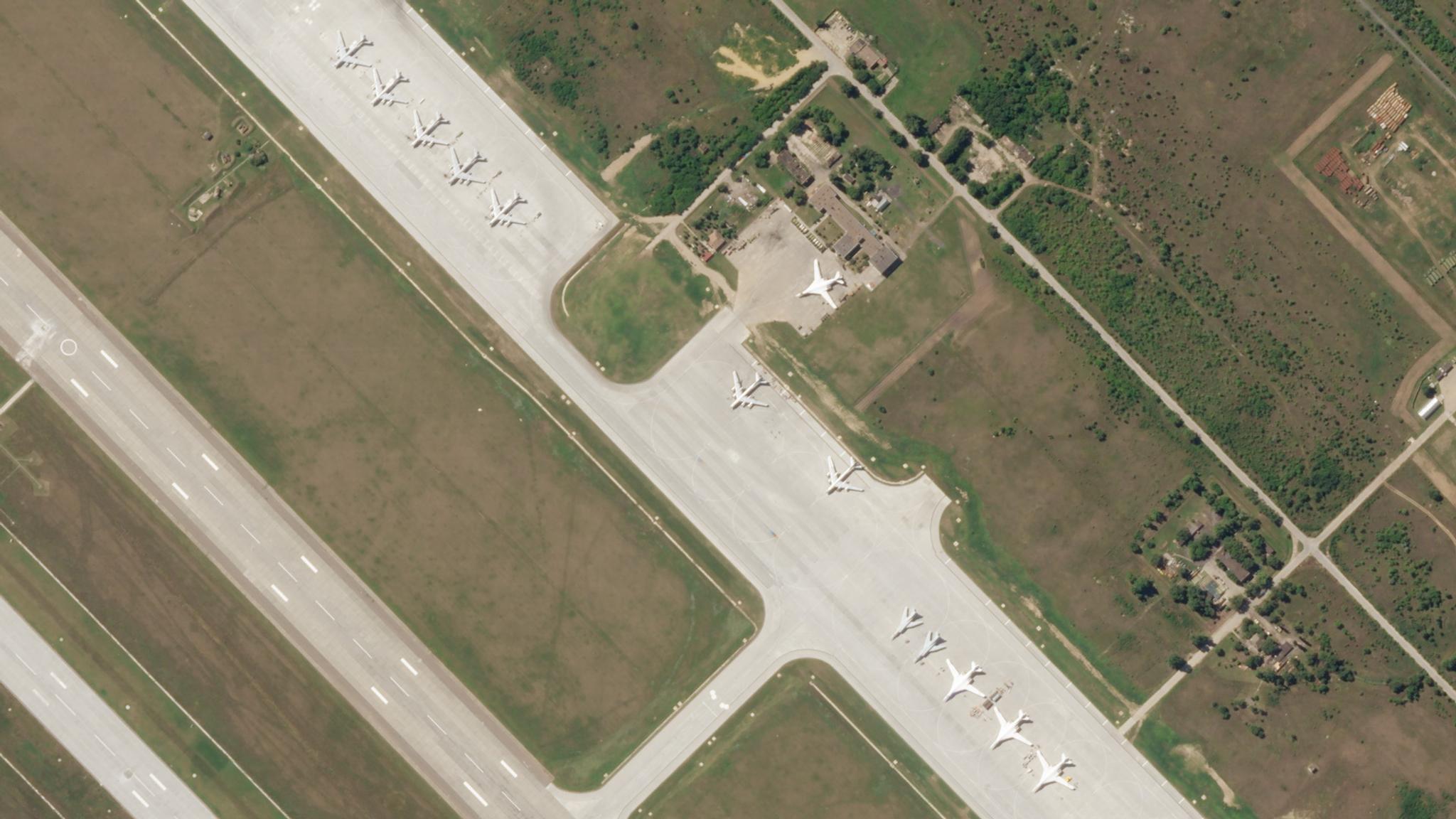
Bombers stationed at Engels Air Base, Russia captured by a Planet SkySat on August 1, 2019 © 2019, Planet Labs Inc. All Rights Reserved.
TechRapid revisit is a qualitative term used in satellite monitoring to describe the ability of the system to make repeated image captures separated by short time intervals. This implies both that the constellation can respond at short notice to collect a target without waiting days for the satellites to pass overhead, and also that frequent collects can be made of a target over a given time of interest. What “rapid” precisely means can vary depending on who you ask, but here at Planet we define this as being able to take multiple images per day of the same location anywhere on Earth (something only our SkySat constellation can do today). This intra-day revisit capability has myriad benefits across diverse industries, from disaster relief to defense and intelligence to energy to business intelligence to global news events. [caption id="attachment_143929" align="aligncenter" width="2000"]
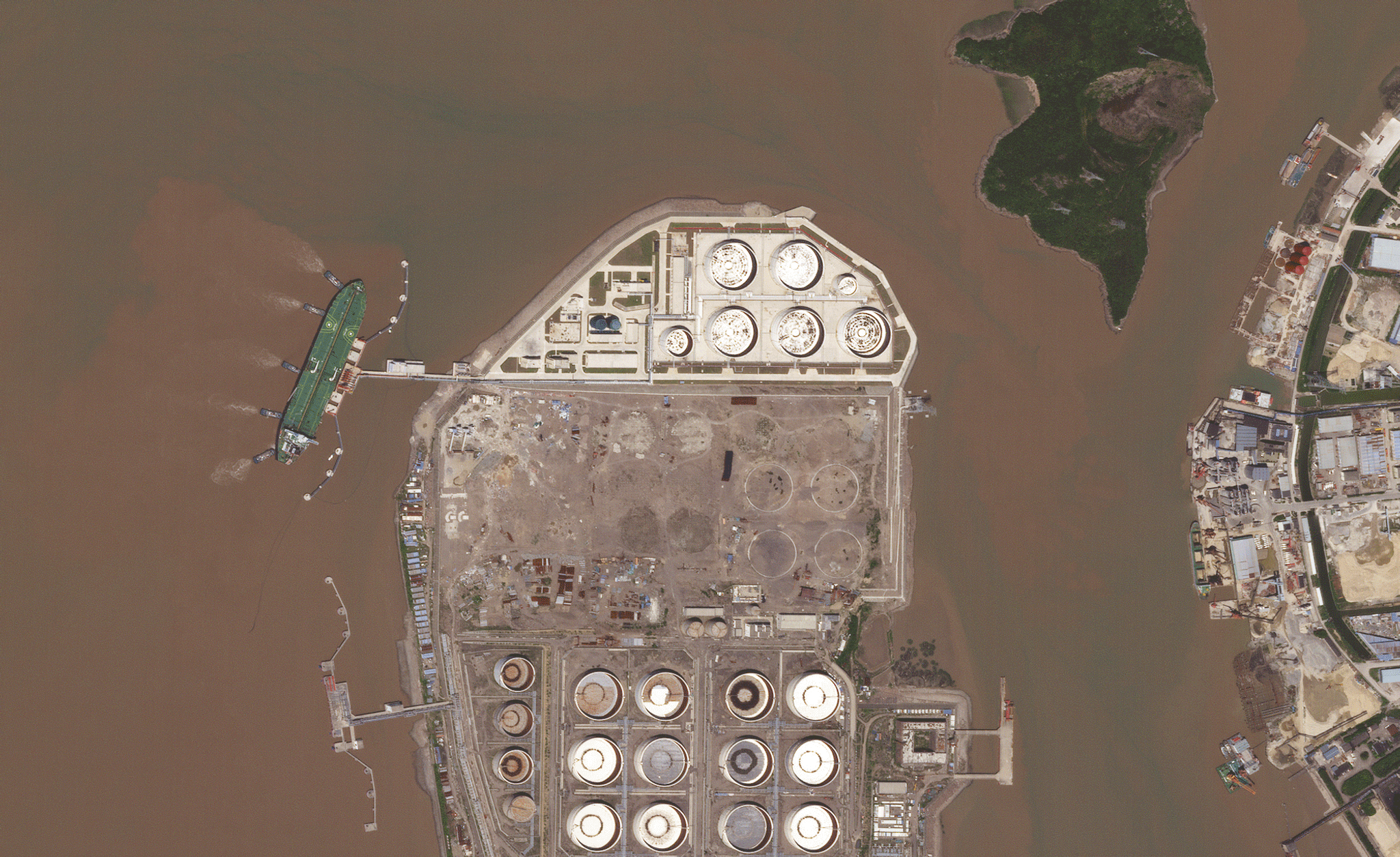
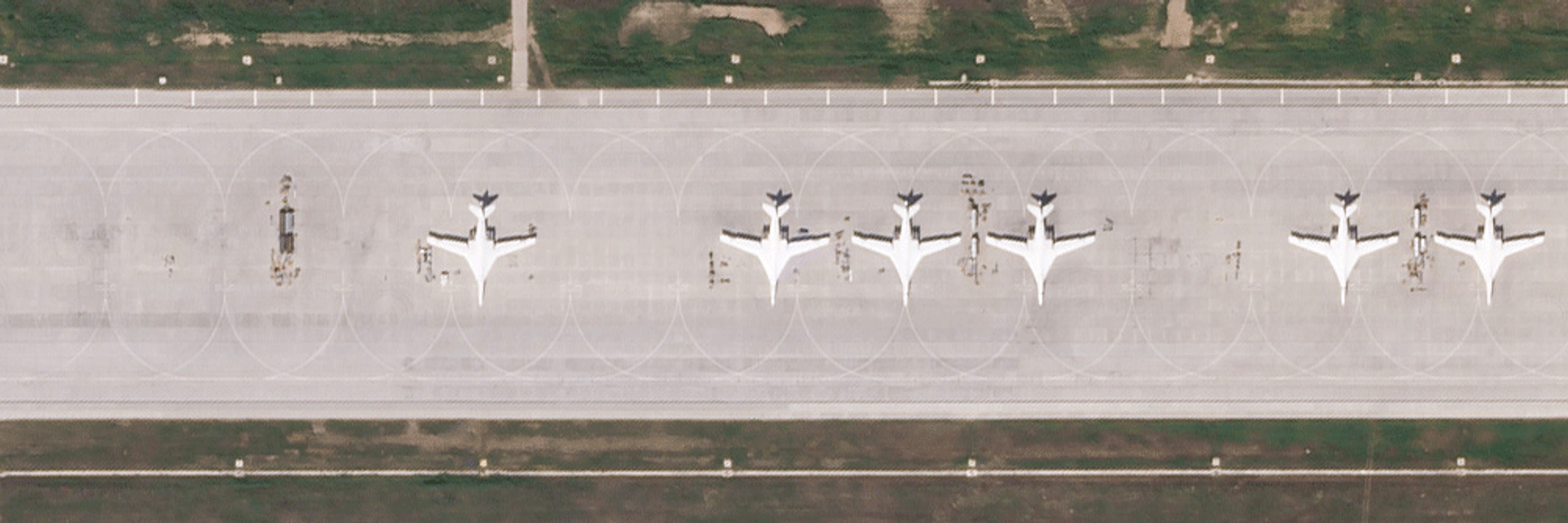
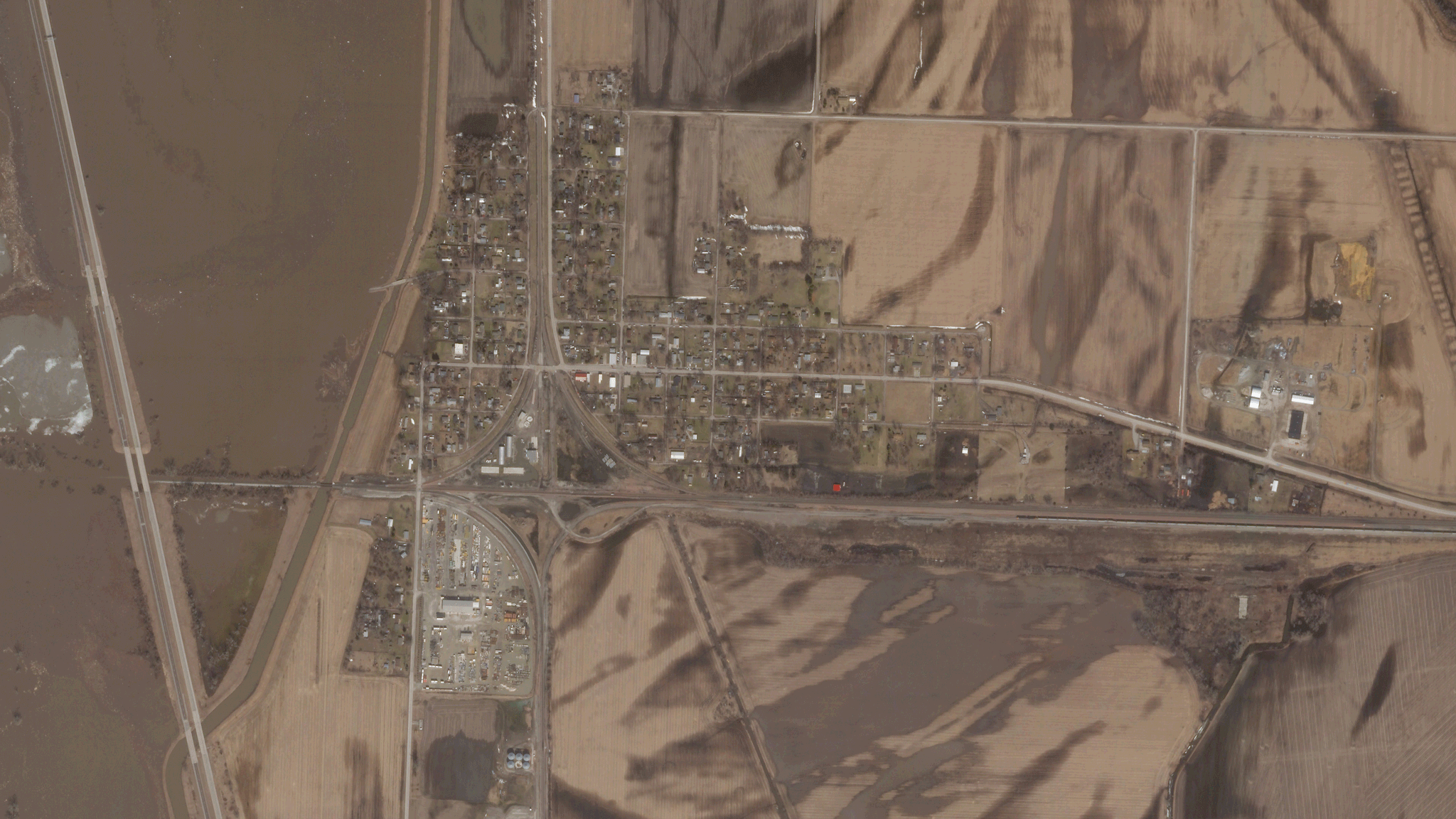
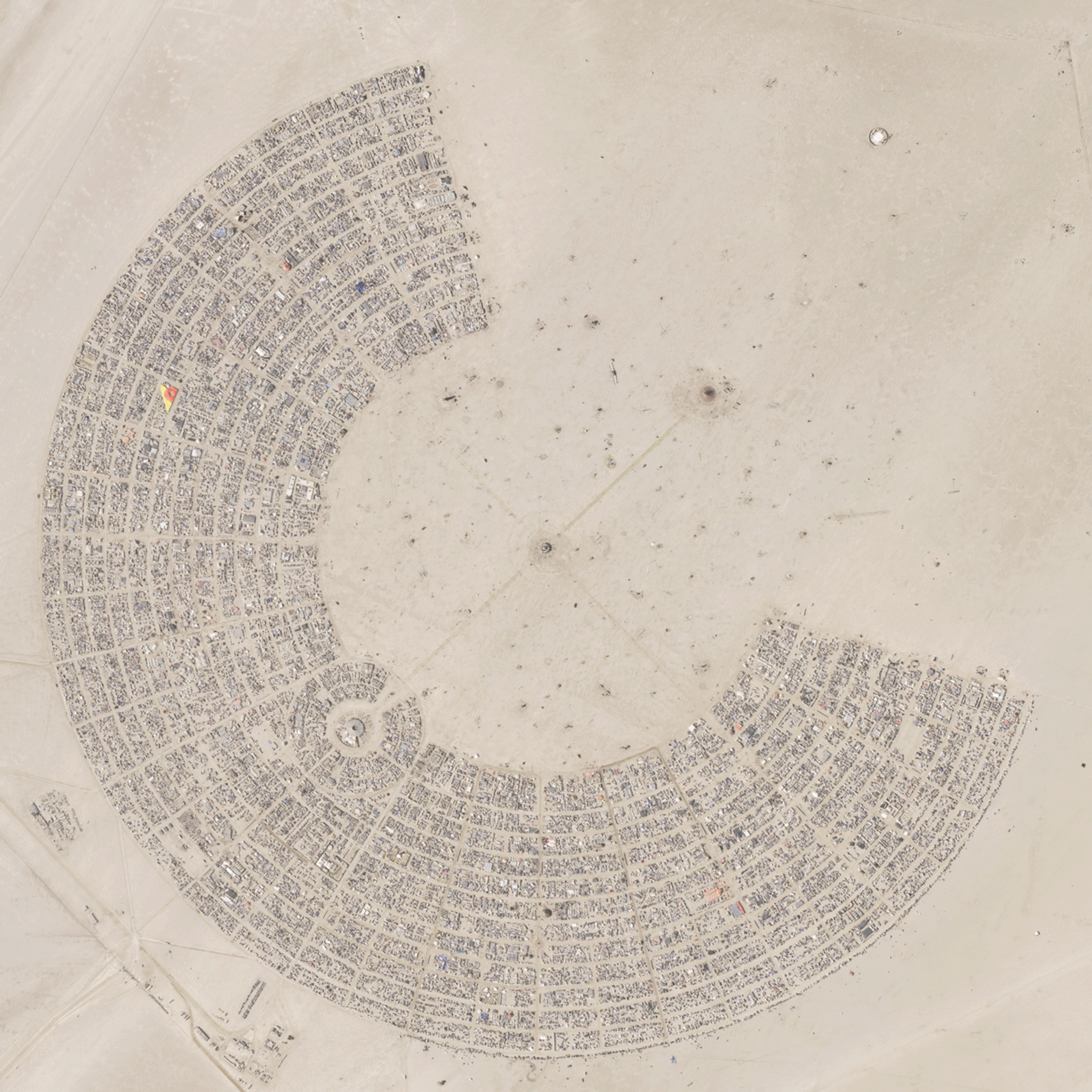

Ready to Get Started
Connect with a member of our Sales team. We'll help you find the right products and pricing for your needs

